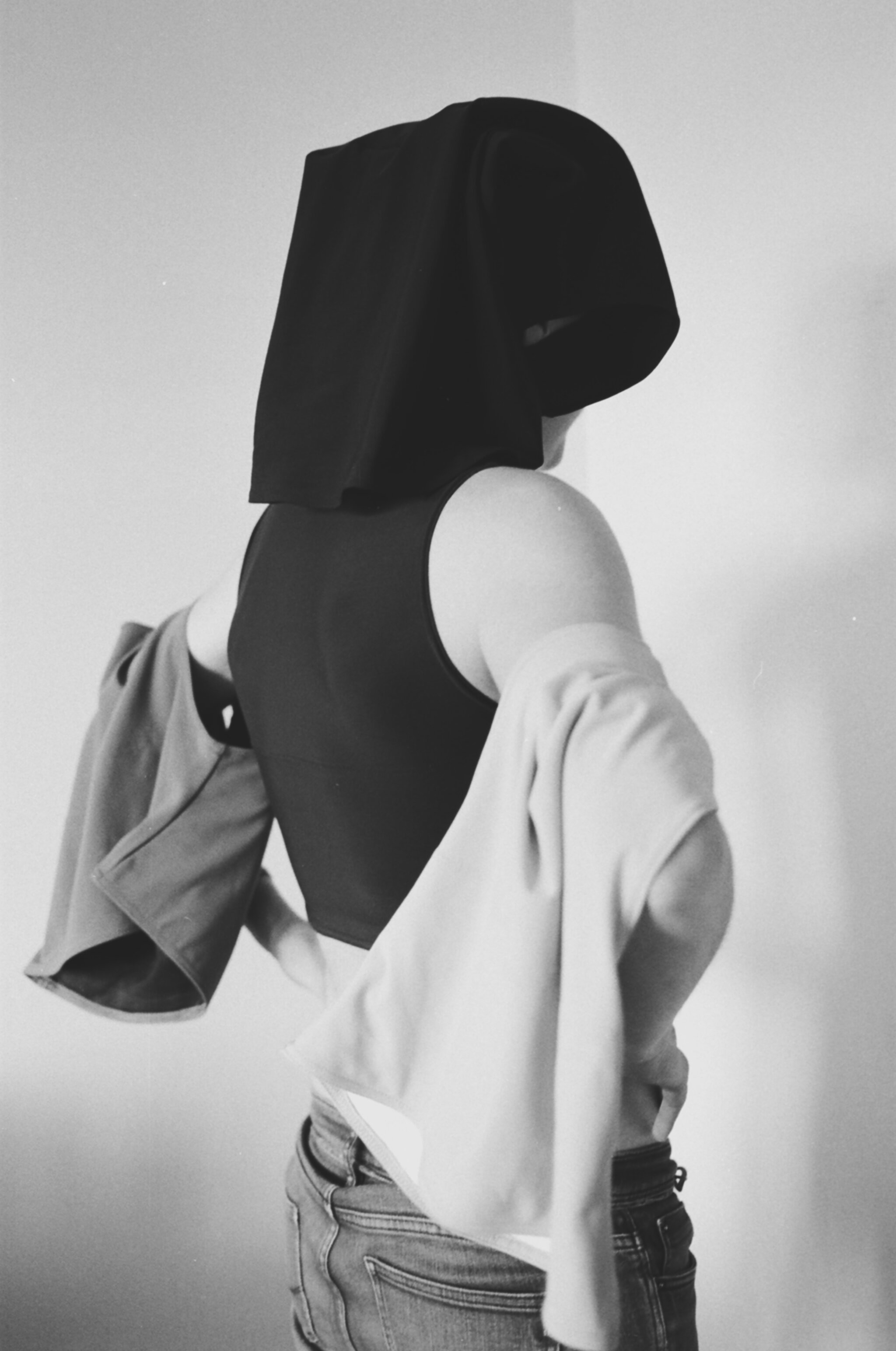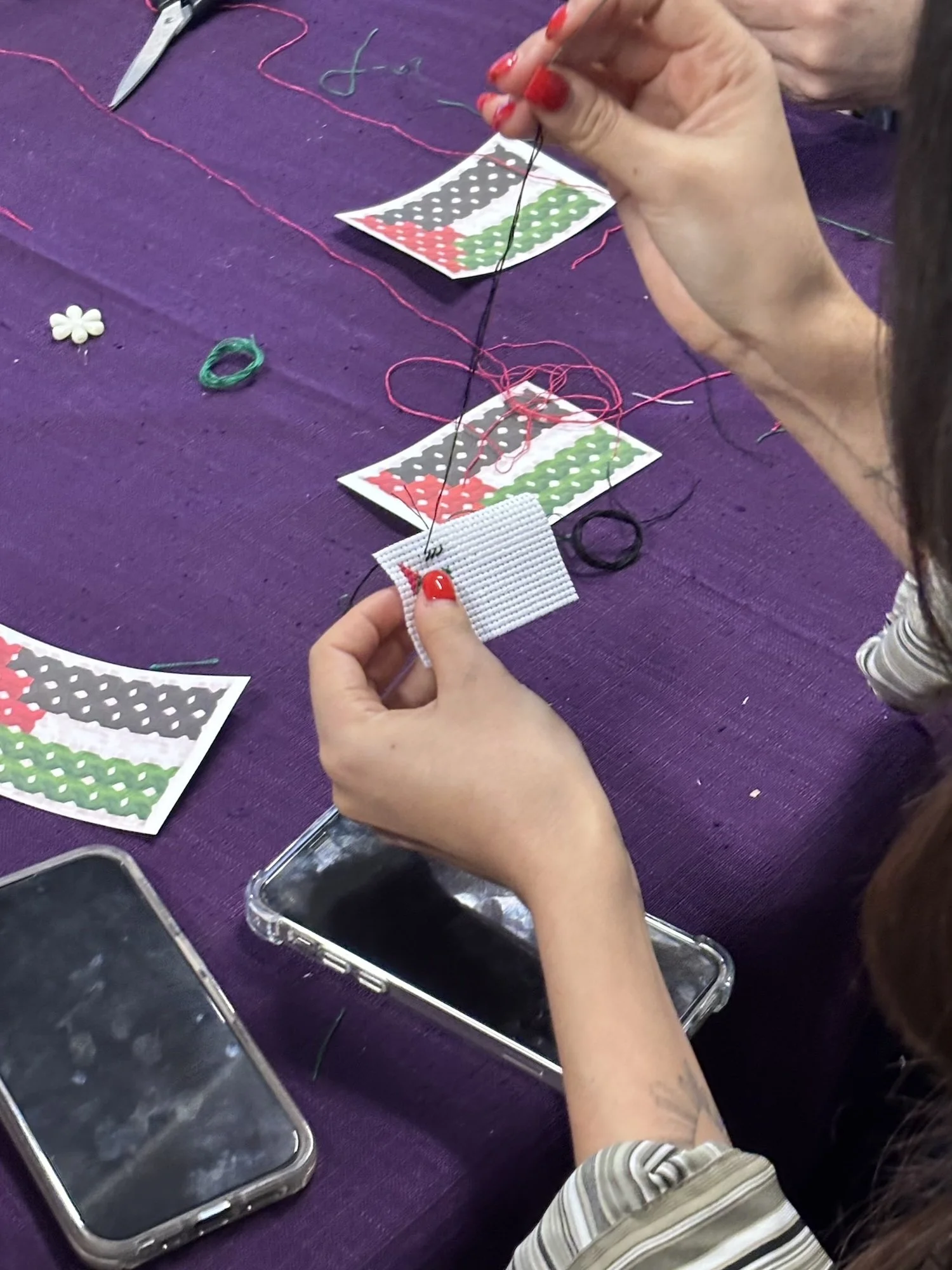SAD: Do you have a project you're most proud of?
JG: My queer intimacies series, and it's ongoing. So I have a couple different installations of them. I work with a lot of different people within my community. It's the project that I started getting...I don't know if publicity is the right word, but it's when I started getting more out there. It was my first exhibit, which was a group exhibit, but still really exciting. I was so amazed that people came to see my art. I felt very seen and loved.
SAD: What's your least favourite part of photography?
JG: Indoor event photography. I really struggle with feeling like I'm showcasing an event instead of people themselves. I've decided I'm no longer going to do that. Photography is a really pleasurable experience for me, and I don't want to do projects just because of the money. So I'm putting my creative goals first.
SAD: How important is it to set boundaries as an artist?
JG: Really important. So many people will ask things of artists or photographers or other creatives, assuming that it's easy, and I wish that there was more compassion and respect for what we do as people. It can be hard to set boundaries, especially for someone who feels like they're just starting out, even though I'm not, but you want to say yes to everything because it feels like exposure is a way to pay. I think that's problematic. I have a cheeky note on my website that says "If you mention exposure as a form of payment I will privately laugh at you and publicly drag you." That's just because we can't pay bills with exposure. You wouldn't offer a plumber exposure to fix your pipes, right?
SAD: Do you feel like this moment in time is a pivotal point for you as an artist?
JG: Absolutely, I really feel the need and desire to be putting out work that aligns with activism, and a way to combat anti-blackness and racism. Now is a time when these conversations are starting to become more global and more frequent. These are the times they're starting to gain traction, so I feel extremely motivated to put out work.
SAD: Anything or anyone else you’d like to plug?
JG: The future is you and me is a program designed to support young women of colour to take on leadership positions in arts, cultural, and creative industries.
Some local black photographers and artists I love: Kriss Munsya, Michel Kamanzi, Nya Lewis, Joy Ngenda and Joshua Ngenda.
Find out more at www.roughclub.ca or via Instagram @roughclub



























